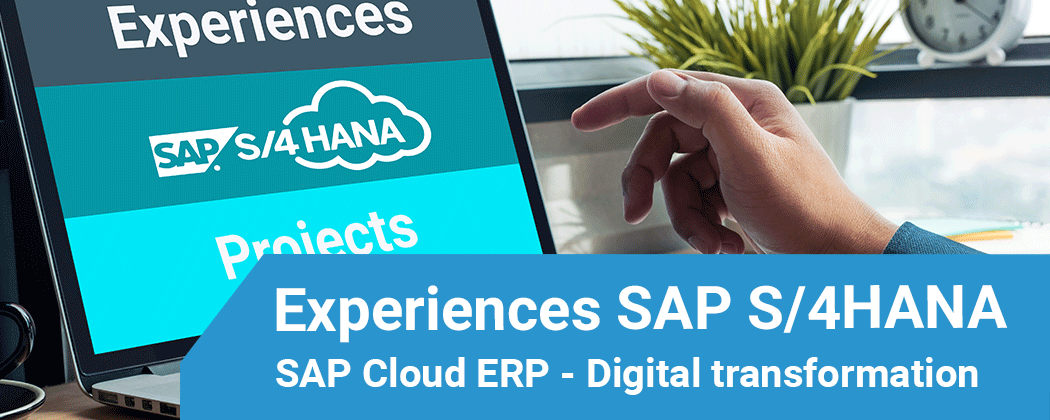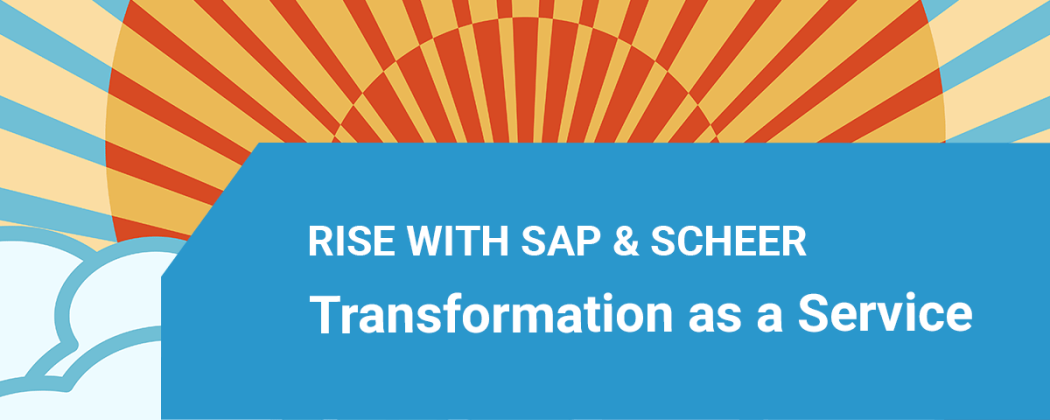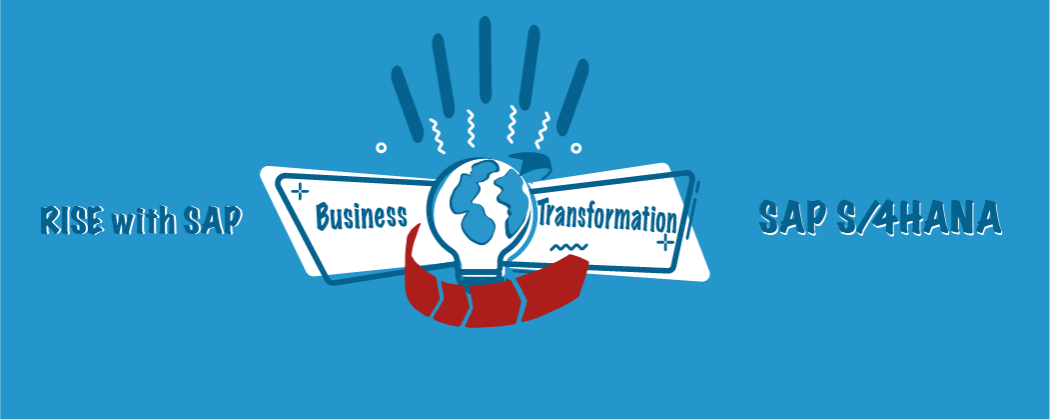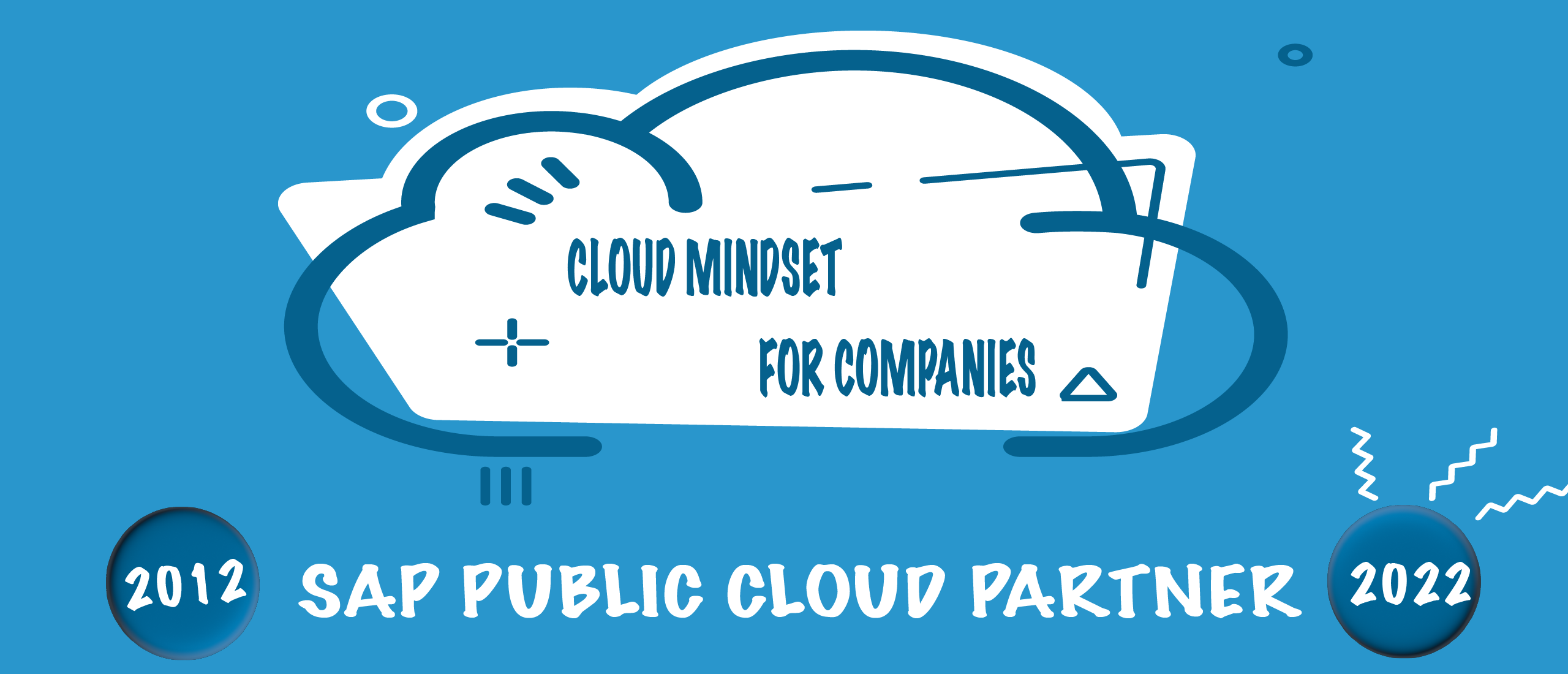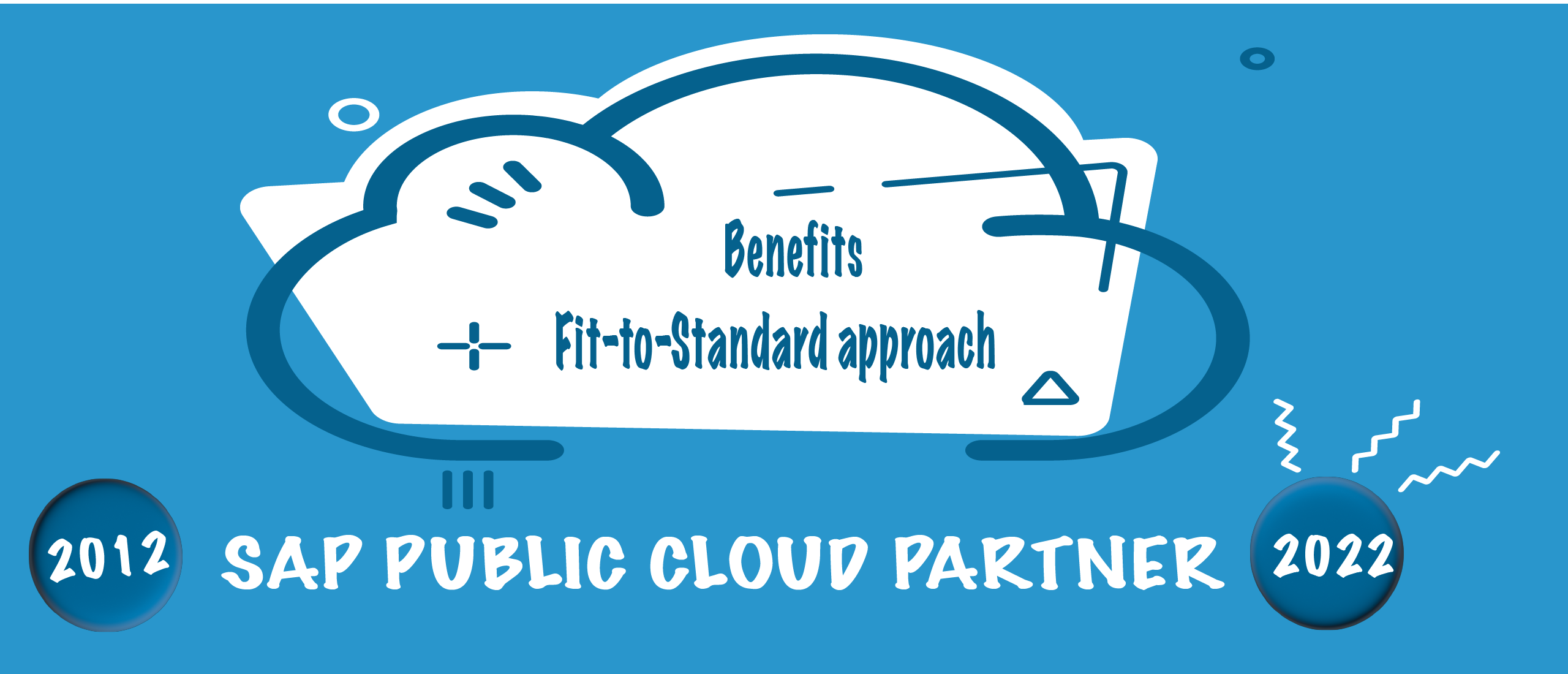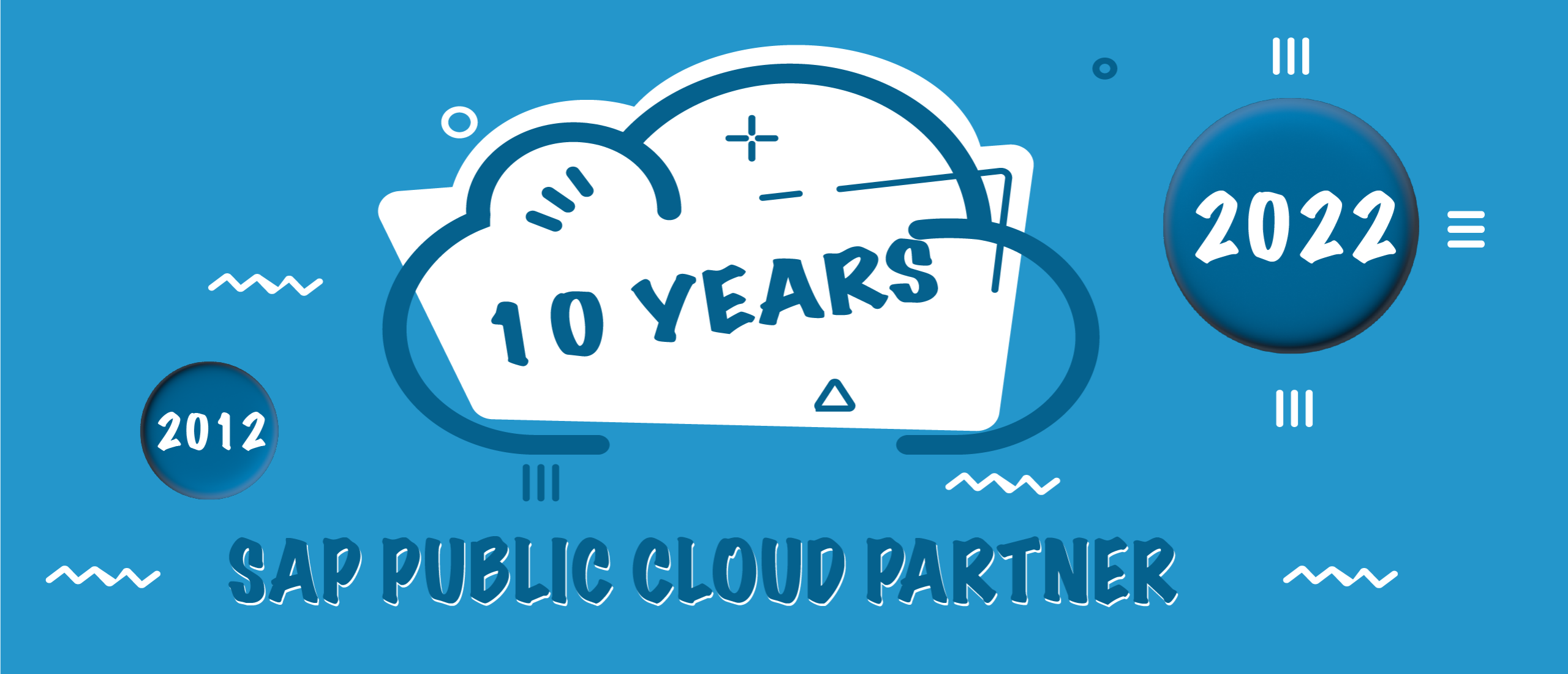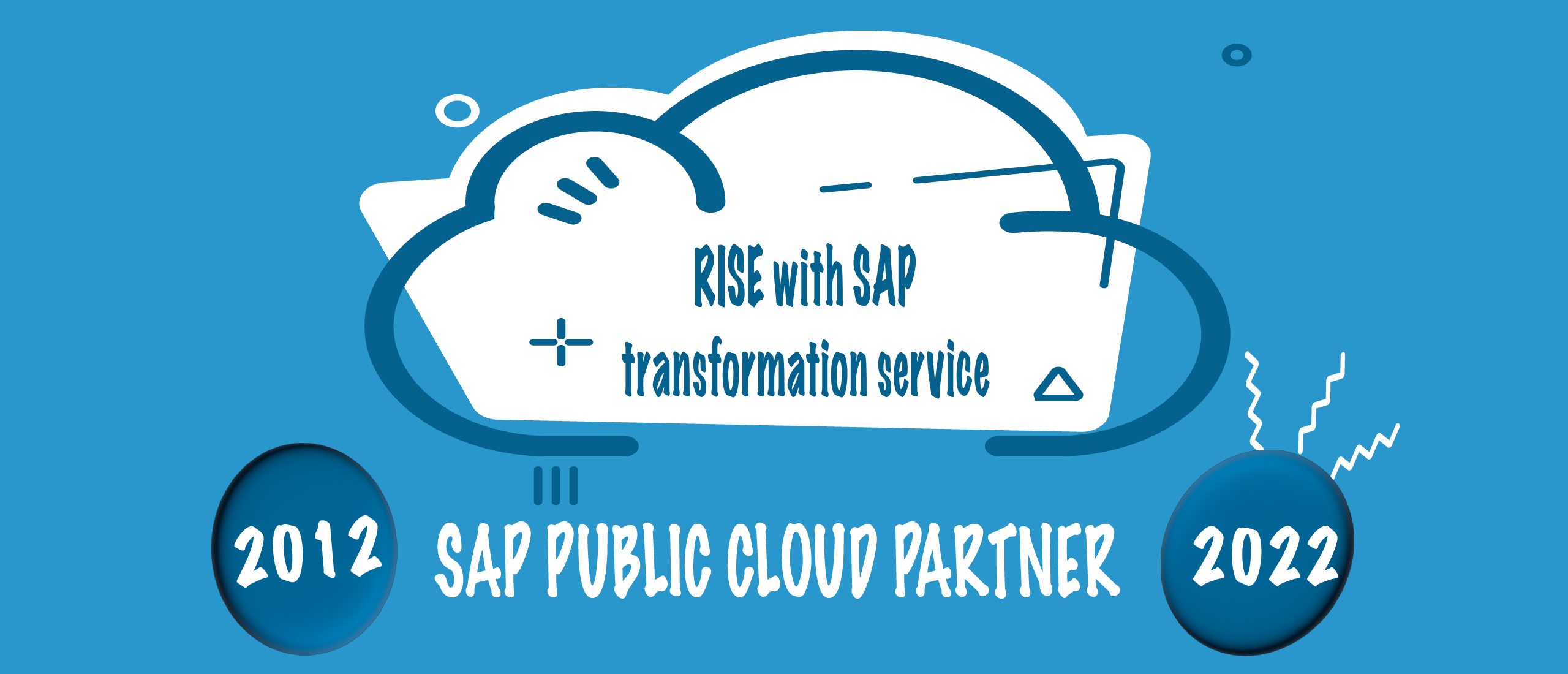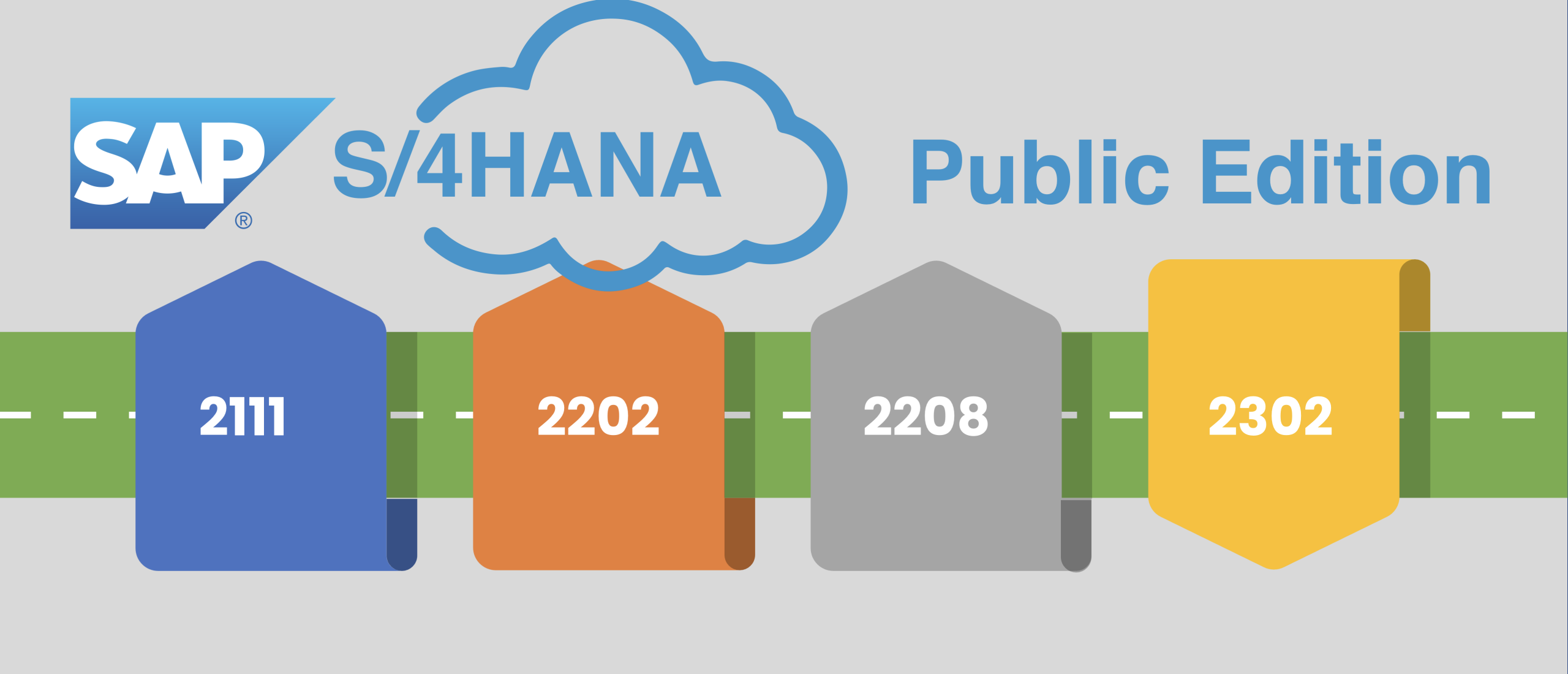
Ingredients for successful SaaS-ERP implementation
Ingredients for a Successful ERP Implementation of SAP S/4HANA Cloud Public Edition
Since 2012, Scheer has been implementing SAP SaaS ERP solutions, starting with SAP Business ByDesign and expanding to SAP S/4HANA Cloud in 2017. Our experience spans various types of implementations, from startups to migrations from SAP ECC and non-SAP systems.
Start-ups: Providing new organisations with best practices on how to get their business up and running quickly
Grow Ups: Mostly migration from stand-alone applications (CRM/FIN/PRD/SCM) to a fully integrated ERP environment
Hybrid ERP projects where SAP S/4HANA Cloud Public Edition is linked to existing SAP ECC environment
Migrations from SAP ECC and non-SAP to SAP S/4HANA Cloud Public Edition
Here are the key ingredients for a successful SAP S/4HANA Cloud Public Edition implementation:
- Discover the Fit with the Application
- Develop a Cloud Mindset: Keep the Core Clean!
- Align Your Team
- Support Change and Digital Transformation
- Be Realistic in Terms of Expectations
- The Real Game Begins After Go Live: Monitor and Optimize!
1. Discover the Fit with the Application
The first crucial step is to determine how well SAP S/4HANA Cloud fits your business needs:
- What is the size of the business to be supported?
- Which functionalities are needed immediately, and when?
- Are there additional solutions required?
SAP S/4HANA Cloud is constantly evolving, with major updates released twice a year in February and August. It's essential to identify both fits and non-fits, leveraging the application's extensive roadmap to address any gaps.
2. Develop a Cloud Mindset: Keep the Core Clean!
Adopting a cloud mindset means utilizing the best practices embedded in SAP S/4HANA Cloud without unnecessary modifications. This approach reduces complexity, increases efficiency, and ensures your environment remains up-to-date with the latest innovations.
3. Align Your Team
Success hinges on aligning your team, including management, process owners, key users, and IT staff. Ensure everyone understands:
- The future business process from start to finish.
- How new technologies will be deployed and their impact on stakeholders.
- Plans for addressing any solution shortcomings.
4. Support Change and Digital Transformation
Managing change is vital. Transformation goes beyond deploying new software; it impacts employees, processes, partners, customers, and management information. Focus on aligning end-to-end operations and clearly defining the flows, integrations, and use of new technologies.
5. Be Realistic in Terms of Expectations
Set realistic expectations regarding time, effort, and commitment. While SAP S/4HANA Cloud can be implemented in weeks, achieving a smooth, efficient process takes 12-16 weeks for uncomplicated processes. Allow time for fine-tuning and optimization post-Go Live to fully leverage the application's capabilities.
6. The Real Game Begins After Go Live: Monitor and Optimize!
Post-Go Live, focus on managing change, resolving issues, and adapting to periodic updates. Be prepared to support new users, locations, and market opportunities. Continuous monitoring and optimization are key to maintaining a dynamic and responsive ERP system.
Getting Started with SaaS ERP from SAP S/4HANA
Implementing SAP S/4HANA Cloud Public Edition is a significant transformation requiring thorough preparation for a smooth and successful rollout. If you're ready to explore how SAP S/4HANA Cloud can benefit your business, contact me to discuss your challenges and plans without obligation.
Axel Kleinjan
Senior Manager, Scheer Netherlands

